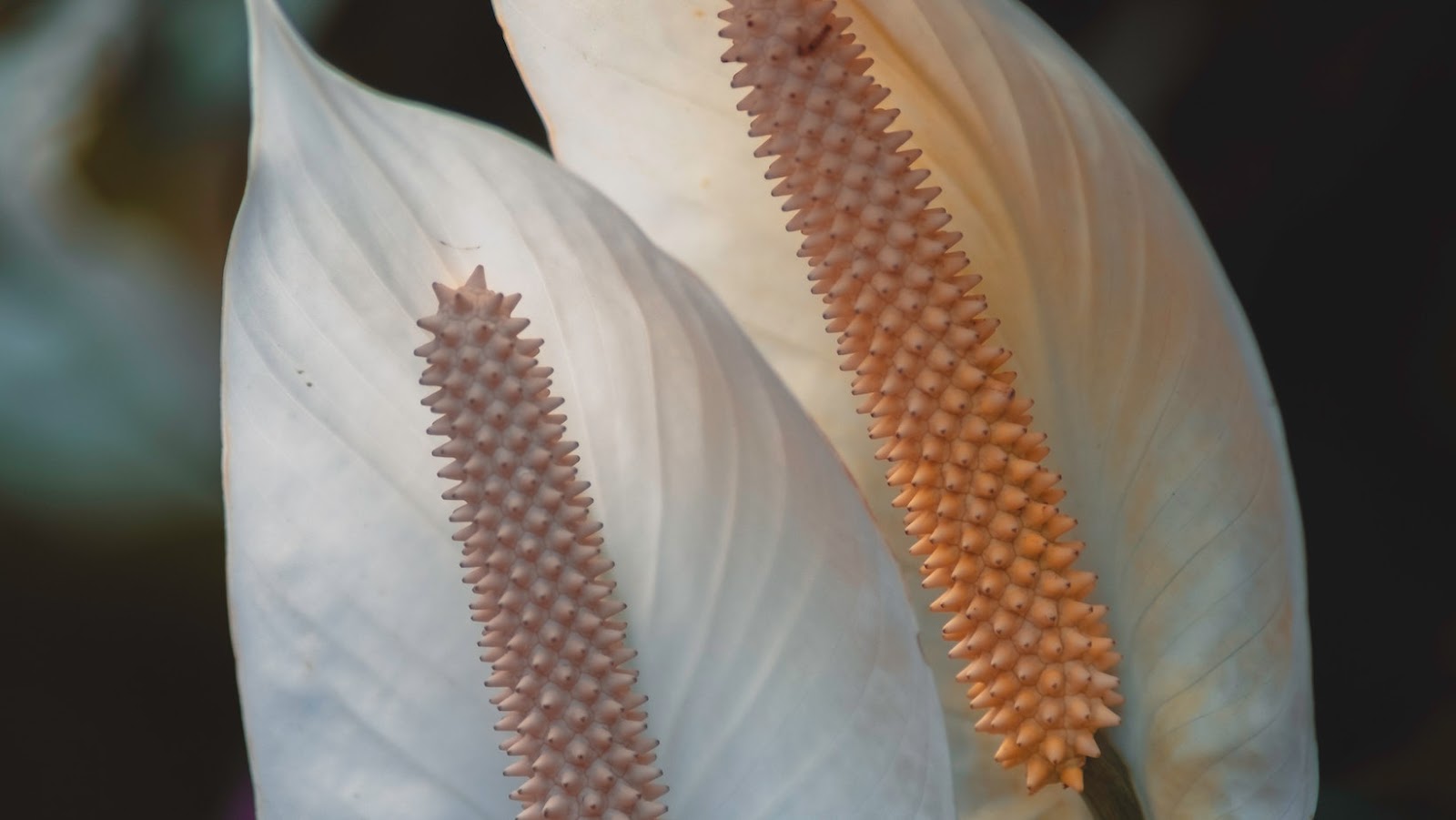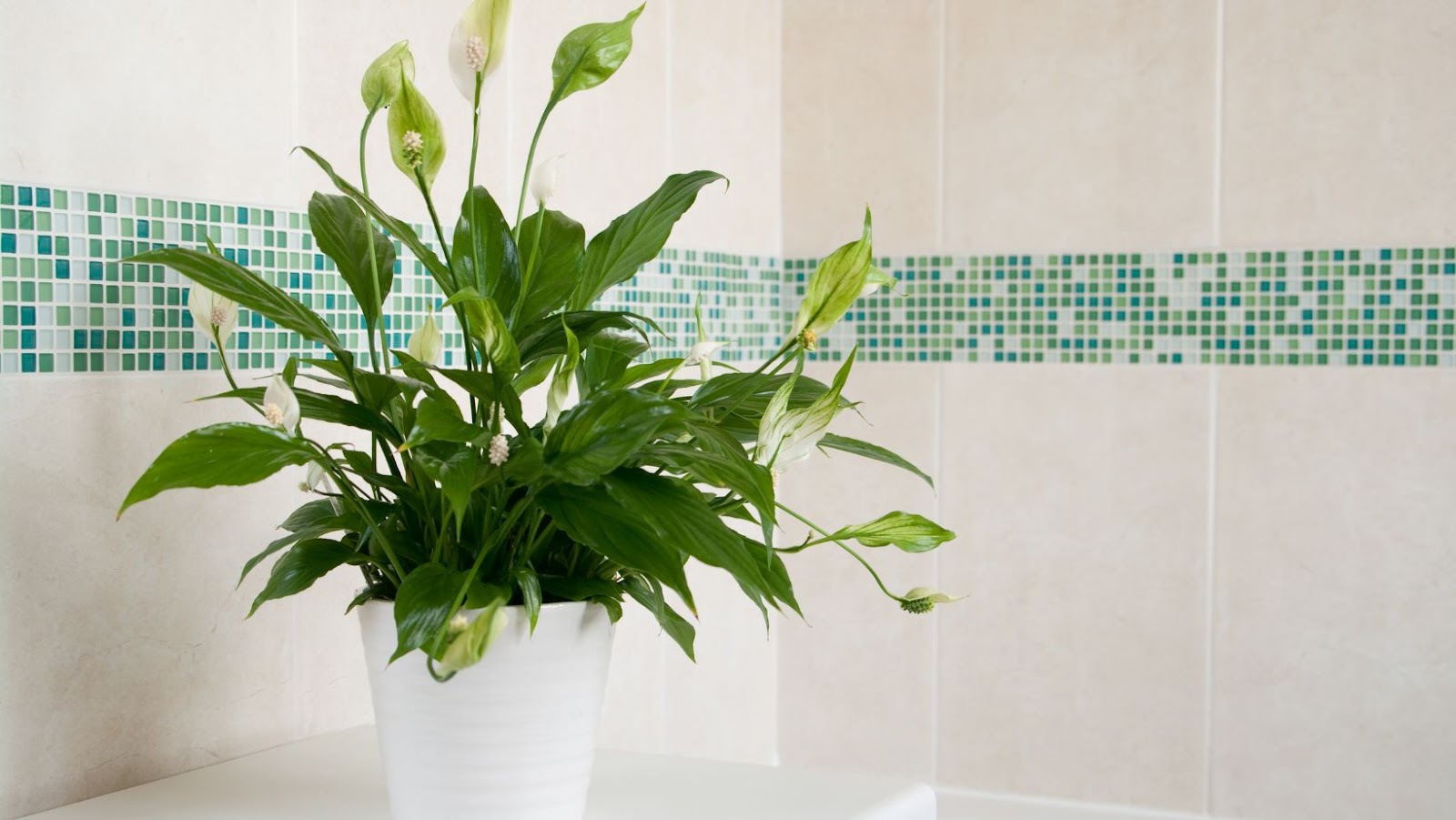If you’re like me, you love your peace lily but hate those pesky brown tips. Should you cut them off? Let’s find out!
What Are Peace Lilies
Peace lilies (Spathiphyllum spp.) are one of the most popular indoor plants because they’re relatively easy to grow and they tolerate a wide range of conditions. They’re also one of the few flowering houseplants that you can grow indoors. Peace lilies are native to tropical regions of the Americas and they’re often used as ornamental plants in landscaping.
Why do Peace Lilies Get Brown Tips
There are several reasons why peace lilies (Spathiphyllum spp.) may get brown tips, including cultural problems, such as too much or too little water, or too much fertilizer. Other reasons include insect pests, environmental stressors and chemical burns. In some cases, brown tips on peace lilies are simply the plant’s way of shedding old leaves.
Should i Cut The Brown Tips Off my Peace Lily
If you notice your peace lily’s leaves turning brown, don’t despair! While it’s not the most aesthetically pleasing site, brown tips on peace lilies are actually quite common. Many factors, such as too much or too little water, can cause brown tips. But don’t worry, with a little bit of care, you can get rid of them!
Here are some tips on how to remove brown tips from your peace lily:
- Using a sharp knife or scissors, carefully cut off the brown tips of the leaves.
- Be sure to angle the cuts so that they’re parallel to the leaf itself. This will help prevent further damage to the leaf.
- Once you’ve removed the brown tips, place the peace lily in an area with indirect sunlight and water it regularly.
- Peace lilies are known to be heavy feeders, so fertilize your plant regularly to ensure that it’s getting all the nutrients it needs.

How to Care For Peace Lilies
If you notice your peace lily has brown tips, it’s probably due to one of these four reasons: too much sun, too much water, not enough humidity, or drafts. Read on to learn how to fix each problem.
Too Much Sun
If your peace lily is in too much sun, you’ll notice the leaves start to turn yellow and then brown and wither. Move your plant to a spot that gets bright, indirect light and the brown tips should start to disappear.
Too Much Water
If you think you might be watering your peace lily too much, check the soil before adding more water. Stick your finger an inch into the soil—if it’s still wet, hold off on watering for a few days. You can also check by lifting the pot—a potted plant that’s too wet will be noticeably heavier than one that needs water. When you do water your plant, be sure to dump out any excess water that collects in the saucer underneath the pot. Allowing your plant to sit in water will cause the roots to rot.
Not Enough Humidity
Brown tips can also be a sign that there isn’t enough humidity around your plant. Peace lilies like humid conditions—you can increase the humidity around your plant by setting it on a pebble tray or grouping it together with other plants. If you have central air conditioning or heat, those can also contribute to dry conditions in your home, so consider getting a humidifier.
Drafts
Another possible cause of brown tips is drafts—from windows, doors, vents, or even ceiling fans. If you think drafts might be an issue, try moving your peace lily to a different spot in your house and see if the problem improves.

How to Prevent Brown Tips on Peace Lilies
Preventing brown tips on peace lilies is actually quite simple: just give the plant the care it needs. Peace lilies are not difficult to grow, but they are particular about their environment. Here are a few tips to help you keep your peace lily healthy and free of brown tips.
- Peace lilies like bright, indirect light. If you can provide them with a few hours of morning sun, that’s ideal. However, peace lilies will also do well in lower-light situations. The key is to avoid direct sun, which can scorch the leaves.
- Peace lilies prefer moist soil, but they don’t like to be waterlogged. Be sure to drainage holes in the pot so that excess water can escape. And allow the top inch or so of soil to dry out between waterings.
- Peace lilies are sensitive to chemicals found in tap water, so it’s best to use filtered or distilled water for watering.
- Peace lilies benefit from regular fertilization during the growing season ( spring and summer). A well-balanced fertilizer applied monthly should suffice.
